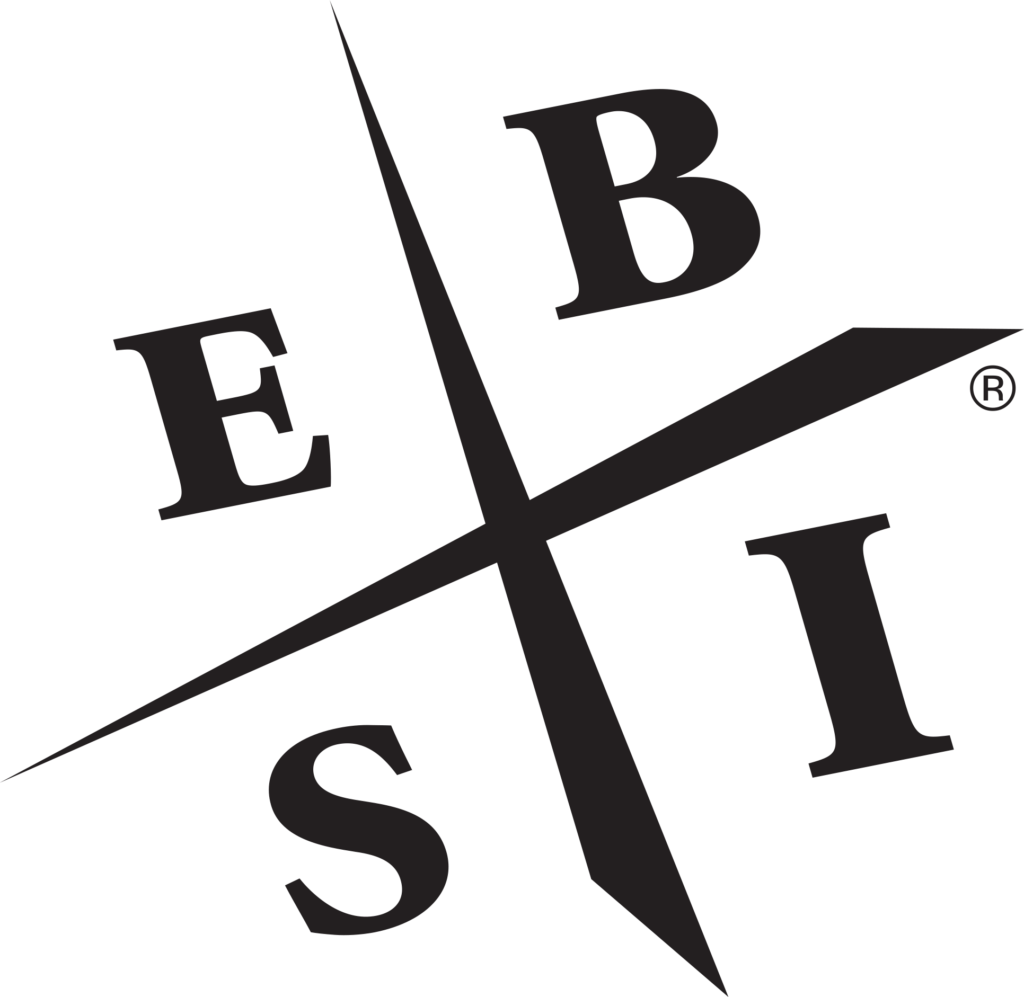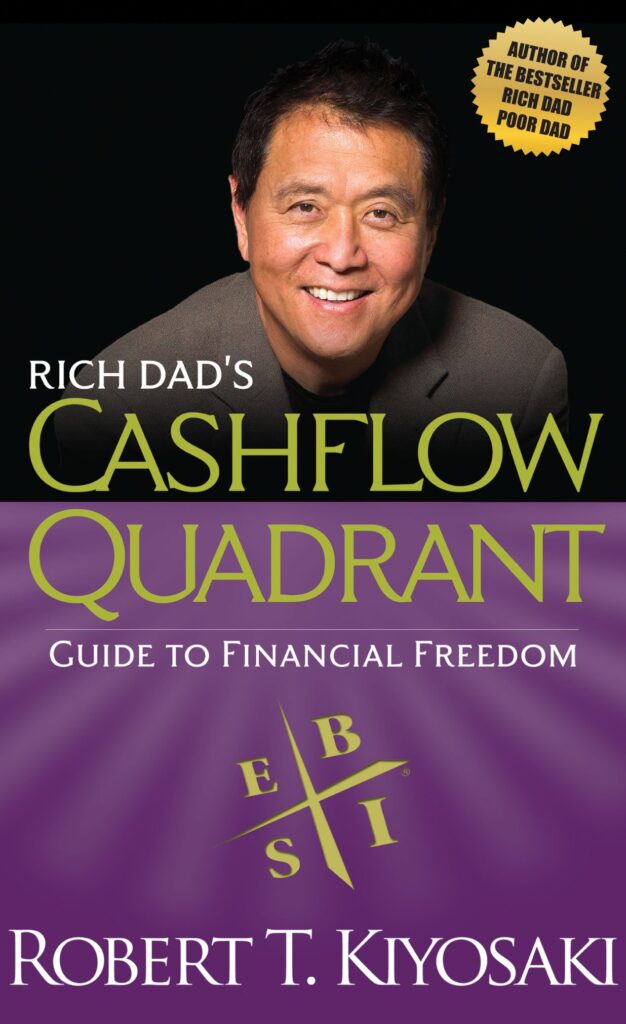Do you find that you are working longer and longer hours with nothing to show for it? Or do you struggle to have enough money left over to save after paying all your bills?
If you answered yes to any of these questions, it may be time to reevaluate your priorities.
In his very popular book Rich Dad Poor Dad, author Robert Kiyosaki provides perspectives on money and investing that have changed the lives of millions of people.
I still remember Rich Dad Poor Dad as the first book that gave me a real understanding of what investing means (cashflow, assets, liabilities).
Robert Kiyosaki also wrote another book called Rich Dad’s Cashflow Quadrant in which he explains a concept that he calls: the Cashflow Quadrant.
What is the Cashflow Quadrant? And, how does it work?
Understanding the Cashflow Quadrant can help you flourish with financial independence as a business owner or investor.
Kiyosaki talks about moving from the left side of the Cashflow Quadrant to the right side of the Cashflow Quadrant.
But…
What does moving from the left side to the right side of the Quadrant exactly mean?
If you keep reading this article, you will discover a new approach to wealth and risk management.
After that, you will be able to put what you have learned into practice in your day-to-day life. This will make it possible for you to start with little actions that might eventually lead to significant assets.
Here is everything that you need to know about the Cashflow Quadrant.
How Do You Describe the Cashflow Quadrant?
According to the Cashflow Quadrant, people are placed into one of four categories depending on the way they earn money:
- Employees
- Self-employed individuals
- Business owners
- Investors.
This classification is based on the source of the individual’s income. These make up the Cashflow Quadrant.
If you own a company in which other people do the work for you, or if you are an investor who uses money to make more money, then you will have the most freedom possible. You are in the right part of the quadrant.
You may be able to make the move from being an employee or being self-employed (left part of the quadrant) to being a company owner or an investor if you adjust the way you think about money and risk.
Here are some things you can do:
- Develop a plan to reclaim command of your spending habits, as well as to cut down on the amount of financial obligation and responsibility that falls on your shoulders.
- Keep a lifestyle that is appropriate for the amount of money you have available to you, and start putting part of that money away regularly.
- Expand your understanding of finance and become an authority on the subject.
- Direct your efforts on the creation of assets that may bring in revenue passively over the long run.
Begin with baby steps, then work your way up to the big ones. Seek out mentors, learn from your mistakes, and have trust in your abilities.
What Are the 4 Cashflow Quadrants?
As a kid, Kiyosaki’s educated father pushed him to concentrate on the Employee section of the left quadrant, where the main focus is job security.
However, his father, who spent his whole life in this quadrant, never achieved a considerable level of wealth.
On the other hand, the father of Kiyosaki’s best friend found success in the business and investing realms and earned a substantial fortune despite not having completed high school.
This “rich father” explained the concept of the Cashflow Quadrant.
According to the Cashflow Quadrant, individuals fall into one of four categories: E, S, B, or I.
Here are what each letter means:
- E – The employee. This is a person who lives by working for someone else.
- S – Self-employed individuals are indicated by the letter S.
- B – A person who earns from a profitable business is referred to as a “Business”.
- I – An Investor, a person who generates income from their assets.
Each of us fits into at least one of these four quadrants, and the individuals inside each quadrant have a particular set of good and negative characteristics.
In each of the four quadrants, it is possible to attain financial independence and be wealthy. However, if you possess the skills specified in quadrants B or I, you will achieve financial independence more quickly.
You can see a picture of the Cashflow Quadrant below:

Here is an in-depth look at each of the quadrants.
Employee
For the Employee, security is everything. They loathe the anxiety that comes with the present economic environment.
The Employee might be anyone, from a janitor to the company’s CEO; what counts is that they seek the security of a long-term employment contract.
The Employee tends to prioritize revenue over belongings, and to attain this income, the Employee works inside the framework of another’s system.
Self-Employed
Individuals choose self-employment because they prefer being their boss and don’t want their income to depend on the efforts of others.
They are fiercely independent in regards to their finances and expect to be compensated more if they put in more effort.
In contrast to the E, the S responds to worry by gaining control of the situation and independently resolving it.
Typically, the S type is an extreme perfectionist who places a premium on autonomy and being acknowledged as an authority in their chosen field.
An S is essentially the owner of a position and the mechanism responsible for income creation.
This region is the most vulnerable for a multitude of reasons. There is a high rate of failure, and reaching achievement needs significantly more effort and time.
A person in the S quadrant is someone who has developed a very specialized skill and he charges companies to provide this skill to them.
Business Owner
As opposed to a Self-Employed Individual, a Business Owner prefers to surround themselves with workers. Henry Ford is a great example of someone who belongs in the B quadrant.
One of the most fundamental differences between S and B is that a successful B owner can leave the business for a whole year and return to find that it is still financially viable.
The B owns or controls a system that generates income.
When asked to think of the biggest business owner that they can, many people would say Bill Gates. However, he did not do everything by himself.
Bill Gates did not produce a great product; rather, he acquired a great product from another business and built a solid global infrastructure to support it.
Investor
The Investor has achieved financial success. As the I quadrant is where money can be converted into wealth, it is a playground for the wealthy.
If you are in the I quadrant, your financial situation is healthy.
There are more forms of investments that do not necessarily belong in the I quadrant, such as acquiring education or saving for retirement.
Rather, the I quadrant focuses on acquiring assets that will generate a stable income stream while you are still actively employed.
Everyone should invest a portion of their money in the I quadrant since it offers the greatest profit potential.
Numerous individuals are hesitant to invest since they are frightened about the possibility of loss.
They wish to keep on the side of caution by placing their funds in a bank or giving decision-making authority to a seasoned investment manager.
However, the bulk of these so-called “experts” are salaried employees in the E-quadrant.
According to a remark credited to Warren Buffett:
"Wall Street is the only location where someone drives a Rolls Royce to get advice from subway riders"
When an individual “invests” in a pension plan, the money is not received for many years. Someone in the Investor quadrant does not park their money, but rather recovers and reinvests it promptly.
Numerous investors in the current stock market are E and S quadrant persons who, by definition, are security-focused and who embrace notions like diversification.
According to Warren Buffett, however, “diversification is a technique to prevent losing money, not a means to make money.”
According to him, it is best to concentrate on a few assets rather than diversify.
Summary
Understanding the Cashflow quadrant and where you stand on it is the first step to financial freedom.
Once you know where you stand, you will be able to work out how to get out of the quadrant you are in or how to make the most of your current position to get the best return on your money.

I’m a blogger and entrepreneur. I want to help you in your journey to build your business online.



